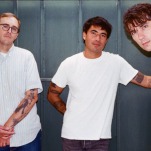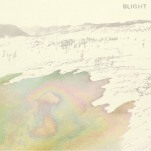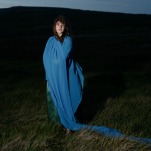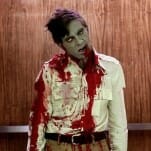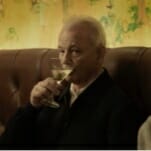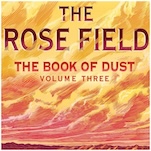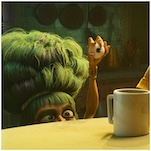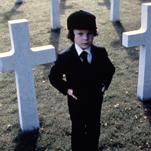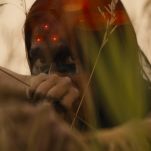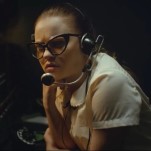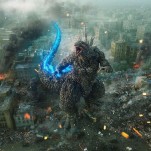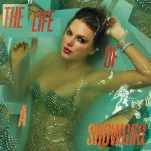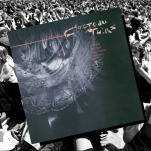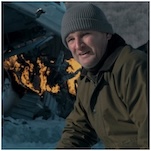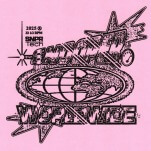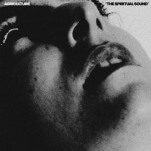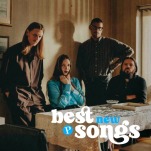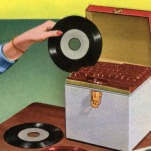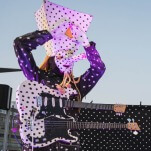Record Time: New & Notable Vinyl Releases (August 2019)

Record Time is Paste’s monthly column that takes a glimpse into the wide array of new vinyl releases that are currently flooding record stores around the world. Rather than run down every fresh bit of wax in the marketplace, we’ll home in on special editions, reissues and unusual titles that come across our desk with an interest in discussing both the music and how it is pressed and presented. This month that includes a newly-found collection of live blues recordings from 1969, the King of Rock ‘n’ Roll during his Vegas heyday, early experiments from a post-punk pioneer, and much, much more.

Elvis Presley: Live at the International Hotel, Las Vegas, NV August 26, 1969 (RCA/Legacy)
Fifty years ago, Elvis Presley was still humming from the success of his televised “Comeback Special,” and was hungry to get on stage again after an eight-year hiatus. The most natural fit for an outsized, glitzy talent was Las Vegas. So in August of 1969, the King and the first iteration of the TCB Band did a blistering run of shows at the newly-opened International Hotel that cemented his return to the spotlight and reasserted his power as a live performer. While the completists among you might want to spring for the 11-CD Live 1969 set that presents 11 concerts from his initial Vegas stint, listening to that full collection is a bit of a slog. There’s little variation between the sets or Elvis’ between song patter, even if the performances are fantastic. If you just want a taste of action, try out this vinyl release of the midnight show from August 26, 1969. It’s everything you’d want: Elvis and a crackerjack ensemble tearing through the hits (I’m particularly taken by his “Hound Dog”/”Don’t Be Cruel” medley) and some choice cover tunes (another great medley is his combo of “Yesterday” and “Hey Jude”). And the midnight shows were the ones where Elvis was at his most playful. The infamous version of “Are You Lonesome Tonight?” where he breaks out laughing is from this show, and throughout he gets bawdy and goofy, messing with the lyrics of his most familiar songs and toying with the audience. His obvious joy is infectious.

John Lee Hooker: The Country Blues of John Lee Hooker (Craft Recordings)
Let’s talk for a moment about sending records in the mail. If you’ve purchased a used recently, you may have been lucky to have the seller send you the record outside of the album’s sleeve. I say lucky because in some instances, like with the copy of this John Lee Hooker reissue, the package may get jostled in transit, pushing the LP through both the inner and outer sleeve. When I popped open the package from Craft Recordings for this release, I was a little shocked to see an arc of black vinyl poking out of the bottom of the jacket. A bummer, yes, but hardly a deal breaker. It may have diminished the value of this album a grade or two but the record itself wasn’t damaged. And the music on it is as pungent and dusty and stinging as it was when it was first released 60 years ago and sounds present and clear thanks to the steady mastering work of Kevin Gray. Hooker was already a vital presence in the blues scene with electric singles like “Boogie Chillen” and “Crawlin’ King Snake” already under his belt. This session, recorded in Detroit in early 1959, was proof that he had just as much bite and grit when using an acoustic guitar. The wail and moan of the blues idiom was ever-present, but swimming alongside it is a musing quality that turns “Behind The Plow” and “Church Bell Tone” into haunting expressions of Hooker’s past as the son of a sharecropper and preacher. A vital document for anyone with an interest in the history of Delta blues and this once-in-a-generation talent.

David Watson and Tony Buck: Ask The Axes (besom presse)
The instrumentation on this album—highland bagpipes and drums—suggests the sound of a military tattoo, all stiff-backed and regimental and meant to stir the regiment to victory. The two long pieces here are cut from a much different tartan. “Exhale,” the track that takes up the entirety of side two is a deconstructivist version of the traditional Scottish sound, with David Watson leaning into the low drone that is foundational to the bagpipes and letting free jazz trills dart out from the murk, while drummer Tony Buck (a member of the brilliant Australian trio The Necks) backs it all up with a simple, undulating snare roll and some percussion clatter. Chaos looms but never touches down admit their holy accord. This is much that begs patience and deep listening to reveal the overtones and dramatic arc that these men manifest from their age-old musical machines and to feel the exertion that they put into each moment. The sweat and heat from this session, recorded in 2017 and now being released by the L.A. label besom presse, is palpable and admirable.

Jefferson Airplane: Woodstock: Sunday August 17, 1969 (Real Gone Music/RCA)
This isn’t the first time Jefferson Airplane’s Sunday afternoon set at the Woodstock Music & Art Fair has been released into the world. In 2009, the performance was packaged with their 1969 studio album Volunteers as part of an ongoing Woodstock Experience series. (It’s also included in the massive boxed set compiling every scrap of audio from the 50-year-old event released by Rhino this month.) But theirs was a magisterial, intoxicating set that deserves its own spotlight turn. That said, it’s a little hard to get completely spellbound by it, due to the dull realities of listening to music on vinyl. The peaks and delights of their 21-minute long version of the David Crosby composition “Wooden Ships” and the opening triad of “The Other Side of This Life,” “Somebody To Love,” and “3/5 of a Mile in 10 Seconds,” are quickly shaken free by having to trudge to the turntable to flip the record over. What shouldn’t get lost even in those grumbling moments of inconvenience is how revelatory the Airplane could be live (even their slapdash version of “Volunteers” has a coiled fury at its center) and delighting in the smashing run they were on in the late ‘60s that culminated in this performance. They wouldn’t be the same band after this, but we have this document to keep that period of their career close at hand.

Suzie Brown: Under The Surface (Freshie)
Music is a great outlet for folks in stressful jobs, but it rarely survives outside of a garage or home studio. Singer-songwriter Suzie Brown is a wonderful exception. During the day, she is a cardiologist specializing in heart transplants and heart failure, on top of helping raise two kids. On evenings and weekends, she turns her attention to her artistic endeavors, which yielded this, her sixth full-length of lived in and lucid Americana. Brown’s songs mine the various facets of her life as she juggles her homebound responsibilities and dual careers as well as she can, owning up to the reality that she drops the occasional ball. But there’s a steely determination in songs like “Masterpiece” and “Waiting on the Call” that acknowledges her exhaustion but doesn’t let it define her. The grounding element is Brown’s voice. It’s earthy and twangy enough to fit well into her chosen genre yet colored with a sweetness that keeps her sometimes downcast tunes from feeling like a heavy burden. She means it when she sings, “Sometimes I wanna scream like a three-year-old child/Stomp my feet, throw all my things in a messy pile,” well aware of the strange almost blissful glow that comes from such an outburst.
-

-

-

-

-

-

-

-

-

-

-

-

-

-

-

-

-

-

-

-

-

-

-

-

-

-

-

-

-

-

-

-

-

-

-

-

-

-

-

-










